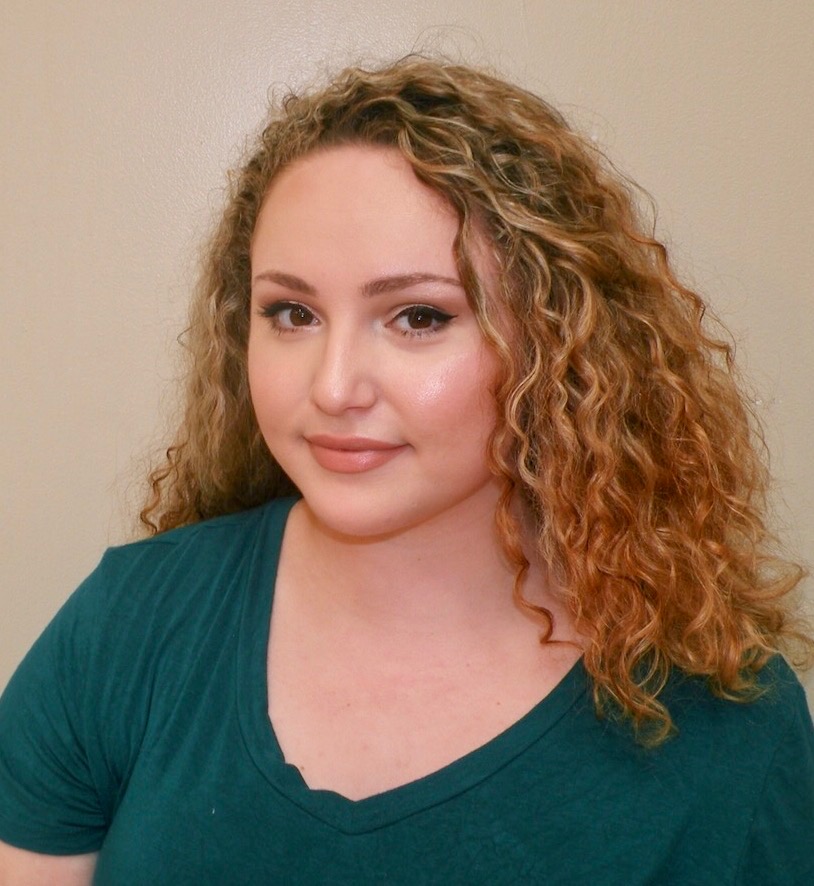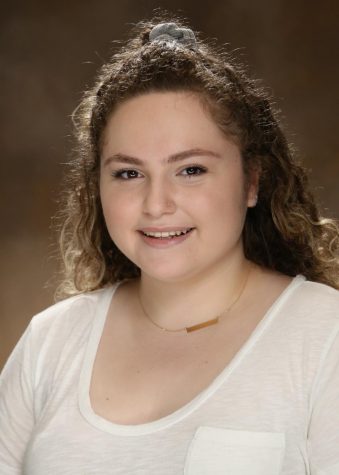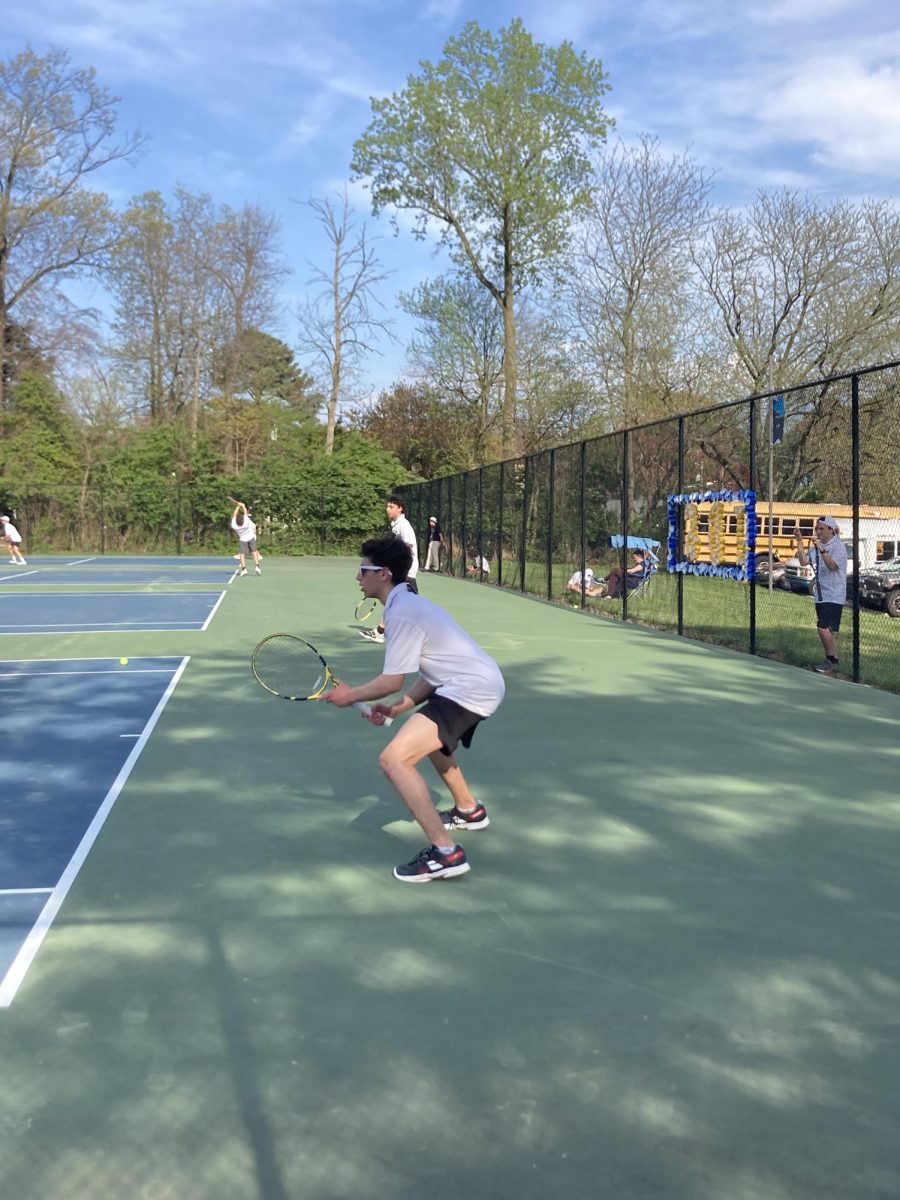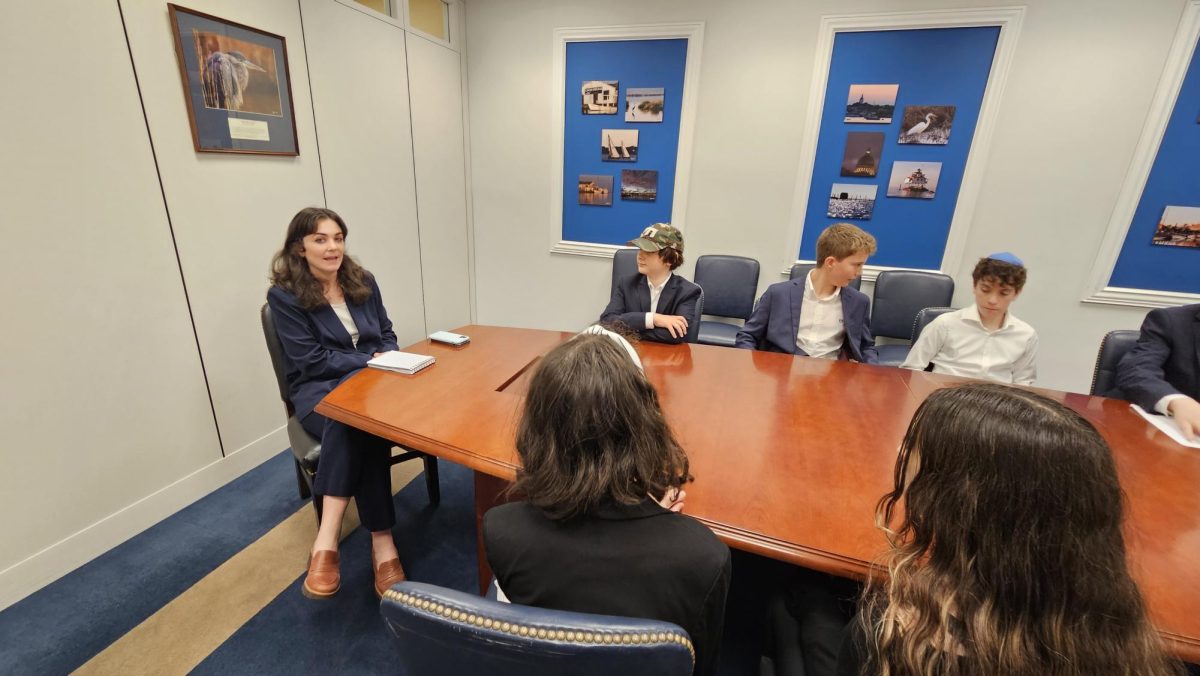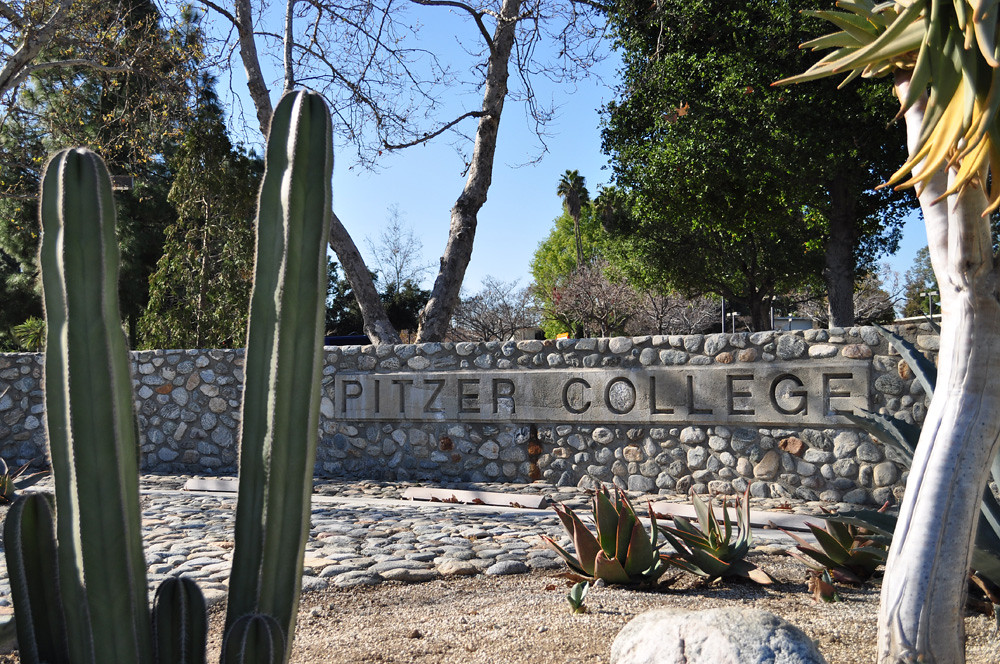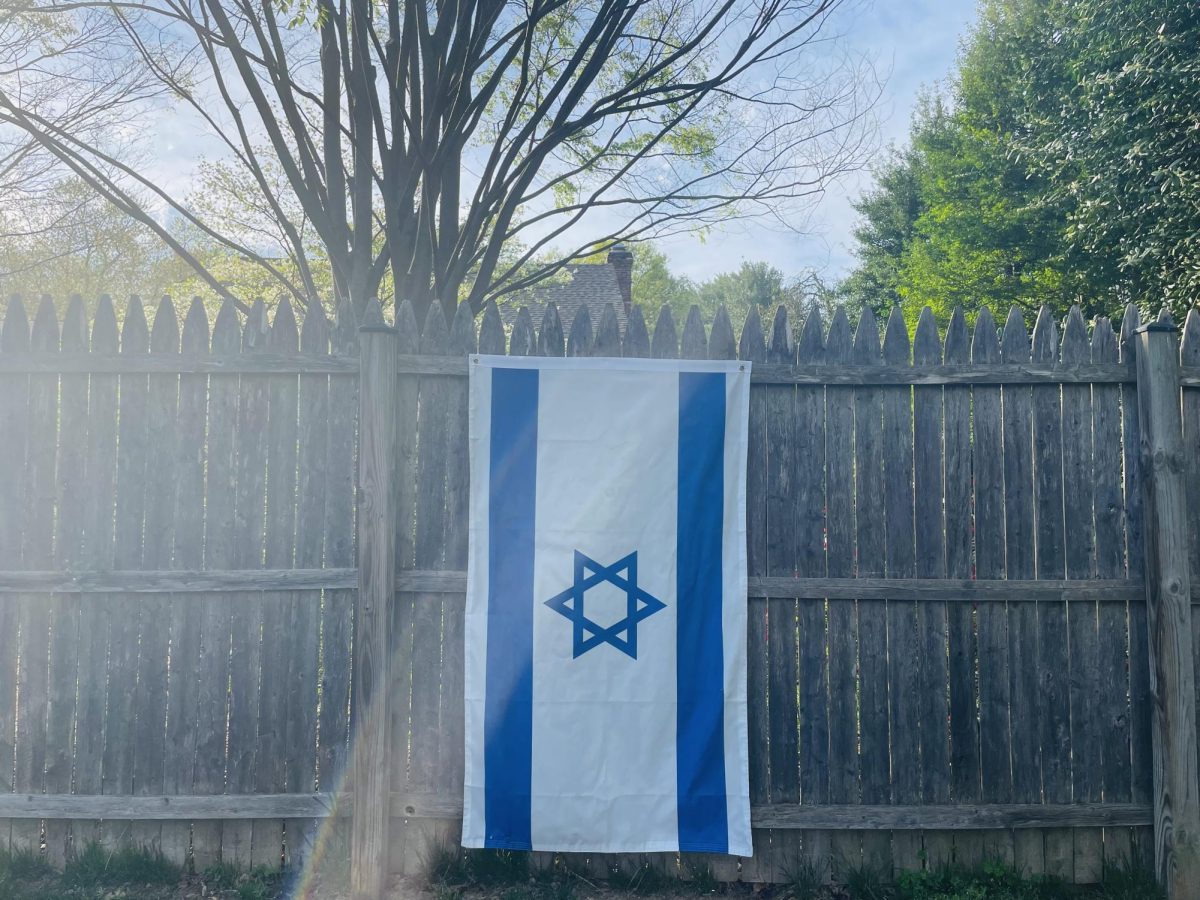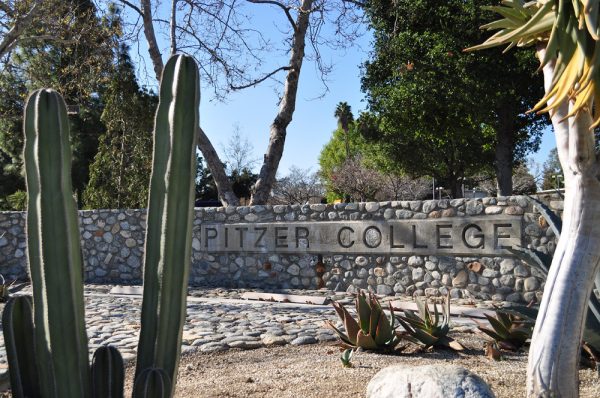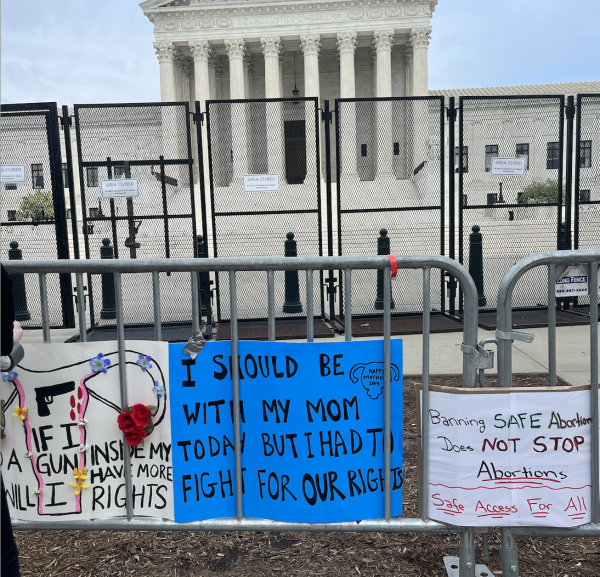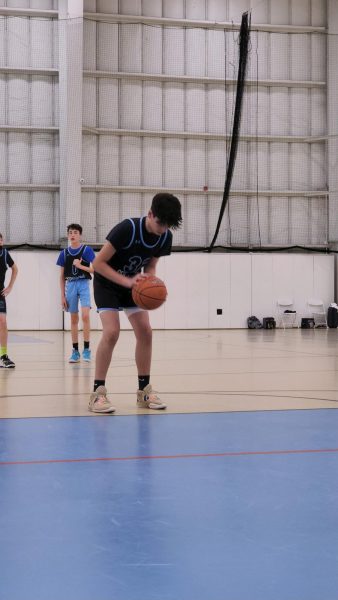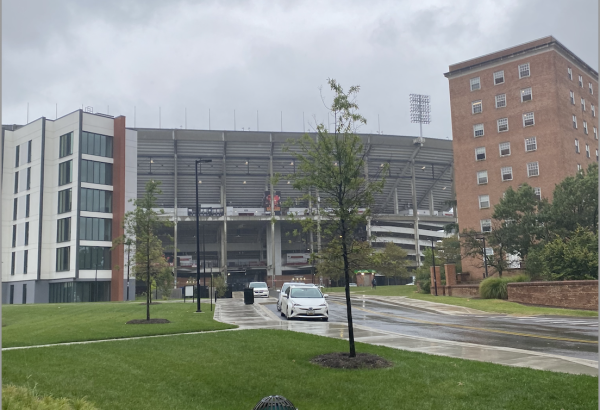Find a place for homecoming at our school
October 25, 2018
Over the past month or so, my Instagram feed has been bombarded with photos of beaming girls with corsages and hunky dates. You guessed it: It’s homecoming season.
For many high school girls in the U.S., the first two months of school are spent adjusting to a new year of classes while also dreaming of the perfect homecoming dress. It is common for boys to ask girls to homecoming by making a poster that has a pun incorporated into the question, “will you go to hoco with me?” My friend Sydney was asked by her date with a poster that read “will you have a loco night @ hoco with me?” and frankly, I am a bit jealous.
The tradition of homecoming started on college campuses, where thousands of alumni would return to their alma mater to celebrate the first football game of the season. The idea was soon adopted by U.S. high schools, although homecoming games are rarely the first of the season. In Montgomery County Public Schools, it feels like there has been a homecoming dance every Saturday. That’s because there basically has been.
Homecoming season will soon draw to a close locally when Winston Churchill High School holds their dance on Nov. 3. This got me thinking. Most CESJDS students agree that we do not have a homecoming because we do not have a football team. This does make sense considering the origins of homecoming, though it does not mean we can’t have a homecoming dance.
Over the past few years, JDS has entertained the idea of a dance for high school students that is not prom. Originally, there was a “morp” dance where students could dress casually, but attendance was poor, bringing in an average of 25 students annually.
The Class of 2019 organized a semi-formal last year instead of a morp, which satisfied the students who wanted a more traditional homecoming-style dance and raised funds for their grade. While attendance for the semi-formal was considerably higher than that for morp, acquiring about 175 students, I strongly believe that holding a homecoming dance in the fall would produce significantly higher attendance figures.
If our administration is flexible and not set on having a homecoming dance in conjunction with a sports game, having a traditional semi-formal dance in October would provide students with a very popular aspect of a traditional American high school experience. After all, JDS has no football games, cheerleaders, pep rallies or junior prom, all of which are commonplace for students across the country.
Instead of citing a lack of football or funds as reasons to hold off on planning a homecoming, have the junior class plan the event, and any extra funds from ticket sales could go right back to the school.
Having a homecoming dance does not have to be about a school’s pride for their football team. Instead, let’s focus on celebrating and recognizing how lucky we are to call the JDS community “home.”


